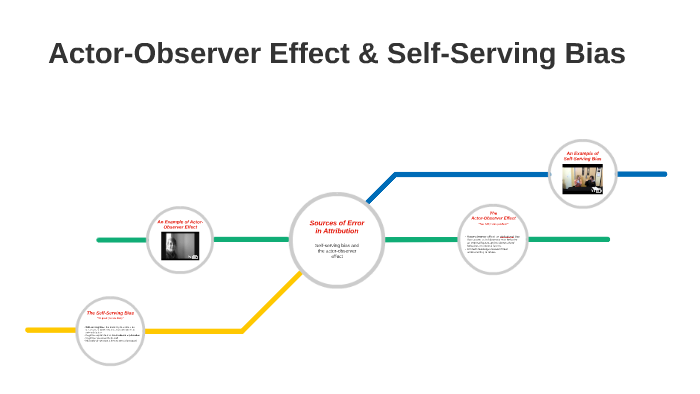


If we are going to do hand hygiene auditing, it should be using optimised methodology to deliver actionable information that is put to work to improve hand hygiene practice. Actor-observer bias refers to our tendency to attribute external causes to our own behaviour and to attribute internal causes to the behaviour of others 1. The concept of actor-observer bias revolves around the belief that we make different attributions depending on whether we are the actor or the observer in a. If nothing else, I hope the debate made the point that poorly planned and executed hand hygiene auditing is doing nobody any good – and may be doing harm. Evidence shows that treatment effect estimates can be exaggerated by a third to two-thirds in the presence of observer bias in outcome assessment. Many healthcare observations are at risk of this bias. Put another way – I lost! I am taking the view that the audience voted against the concept of inaccurate auditing returning unrealistically high level of compliance, rather than against properly monitored and measured auditing, which can help to fuel improvement. Observer bias is systematic discrepancy from the truth during the process of observing and recording information for a study. My own experience is that optimised hand hygiene auditing methodology can deliver a performance indicator that can identify areas of poor performance and drive focussed improvement initiatives.Īt the end of the debate, two thirds of the live audience voted against doing routine hand hygiene audits in hospitals.Hand hygiene audits are a legal and regulatory requirement (in England at least).For example, only doing hand hygiene audits during day shifts won’t tell you the whole picture. Selection bias – when the selected group / data does not represent the population. Observer bias (also called ascertainment or detection bias) is caused when the actions of an investigator affect the results of a trial.For example, poor trained auditors will result in variations in reported practice due to observer bias. In this paper, anecdotal accounts from a variety of field. Observer bias – difference between the true value and the observed value related to observer variation. However, little research has examined how the observers can potentially bias observational data.For example, if I stand over you with a clipboard and a pen, you’re more likely to do hand hygiene. Observation bias (aka Hawthorne effect) – where behaviour is modified by awareness of being observed.However, these can be reduced with optimised methodology. There are key sources of bias in hand hygiene auditing (see below).Or make a one-time contribution without committing to a membership. Support these bias ratings by becoming a Sustaining Member: 5 8 20 Other. These ratings inform our balanced newsfeed and media bias chart. This study synthesized fragmented accounts of observer bias in the field research literature by defining and describing four types of observer bias. Hand hygiene is really important, and one of a range of interventions that we should be routinely auditing to launch focussed improvement work. We make bias transparent so people can avoid being manipulated and decide for themselves.


 0 kommentar(er)
0 kommentar(er)
